Monthly Archives: January 2025
SOURCE: RAUNAK KUNDE / NEWS BEAT / IDRW.ORG


Lockheed Martin, the globe’s leading defence contractor, is intensifying its efforts to persuade the Indian Air Force (IAF) to procure its latest iteration of the F-16, known in India as the F-21 or F-16 Dash V. In a significant proposal, the company has committed to setting up a production line in India capable of manufacturing three to four F-16 jets each month if India opts for this fighter.
This production promise is particularly appealing given the IAF’s current shortfall in its fighter squadrons. Currently, the IAF operates with only 29-30 squadrons out of the targeted 42 needed to effectively secure its borders with both Pakistan and China. Lockheed Martin’s proposal could allow India to increase its fleet by 36 to 48 aircraft annually, significantly addressing the rapid depletion of its combat air power.
Continue readingSOURCE: RAUNAK KUNDE / NEWS BEAT / IDRW.ORG
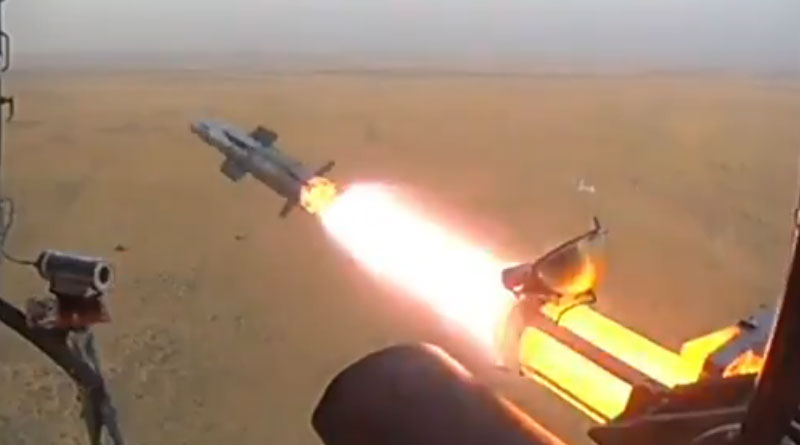

Hindustan Aeronautics Limited (HAL) is gearing up to conduct live trials of the HELINA anti-tank guided missile (ATGM) from its indigenously developed Light Combat Helicopter (LCH), known as “Prachand”. The HELINA, or Helicopter-based NAG, is a third-generation fire-and-forget missile, designed to tackle armored threats with precision and effectiveness.
The HELINA missile system has been in development for years as part of India’s push towards self-reliance in defense technology. In 2022, a significant milestone was achieved when HELINA was successfully flight tested from an Advanced Light Helicopter (ALH), accurately engaging a simulated tank target. This test not only validated the missile’s design but also its integration with helicopter platforms, proving its operational readiness.
Continue readingSOURCE: AFI
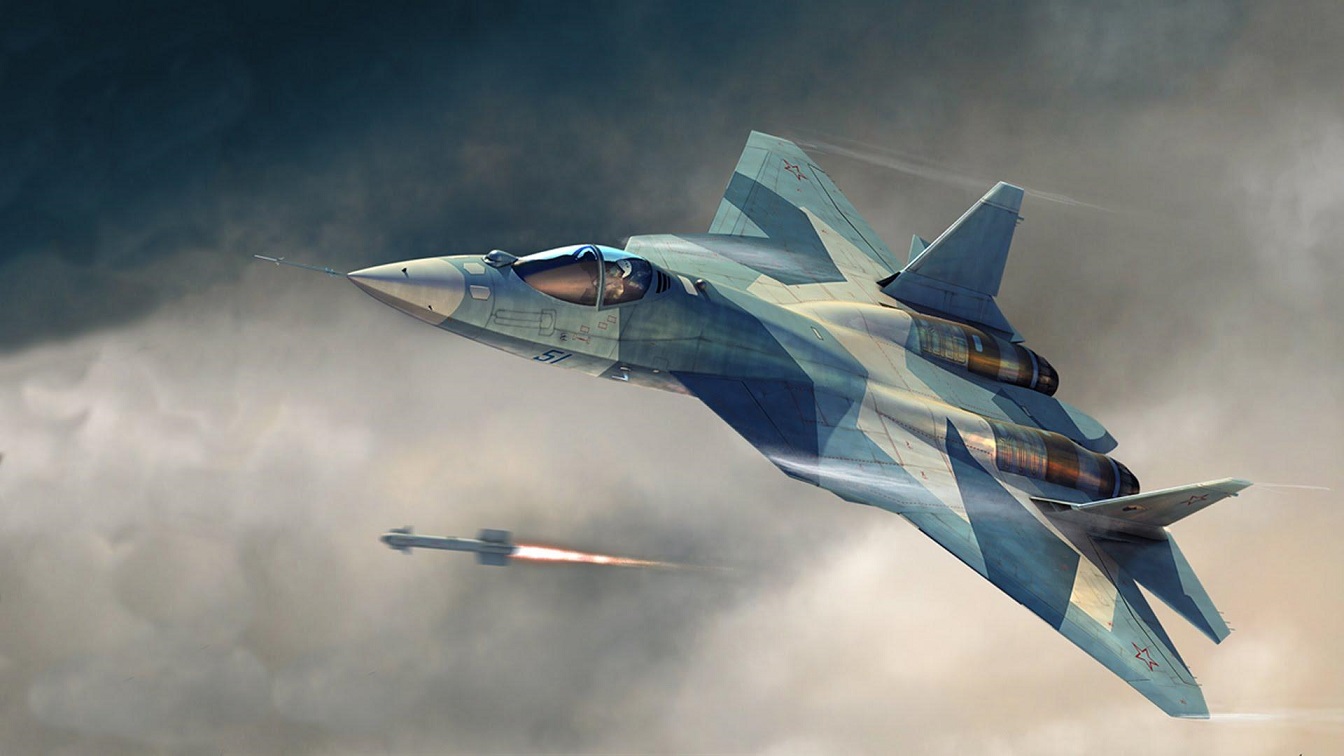

The Russian state-owned aerospace and defense conglomerate, United Aircraft Corporation (UAC), has confirmed the participation of the fifth-generation Sukhoi Su-57 fighter jet at the upcoming Aero India 2025 airshow in Bengaluru next month. This announcement reignites speculation about India’s potential renewed interest in the Su-57, following the country’s exit from the joint Fifth Generation Fighter Aircraft (FGFA) program with Russia back in 2018.
After India withdrew from the FGFA program citing delays and a lack of sufficient expertise, Russia continued the project alone, shouldering the financial burden. The Su-57 made its operational debut in 2020, joining an exclusive club of nations with fifth-generation fighters, alongside the United States and China. To date, approximately 27 Su-57s have been inducted into Russian service, each equipped with advanced weaponry like the hypersonic Vympel R-37 missile.
Continue readingSOURCE: AFI

The strategic waters of the Indian Ocean are witnessing a significant shift in naval capabilities, particularly in submarine warfare, as the Pakistani Navy is poised to take a lead in possessing more submarines equipped with Air Independent Propulsion (AIP) systems in the near future.
Currently, the Pakistani Navy boasts three Agosta-90B-class submarines, which are equipped with the French-supplied MESMA (Module d’Energie Sous-Marin Autonome) AIP system. These submarines offer enhanced underwater endurance, a critical advantage in modern naval warfare. Adding to this fleet, Pakistan is set to receive eight Hangor-class submarines from China, which will feature the advanced Stirling-powered AIP system, further expanding its underwater strategic capabilities. This means that by the end of the current schedule, Pakistan will have eleven AIP-equipped submarines in operation.
Continue readingSOURCE: AFI
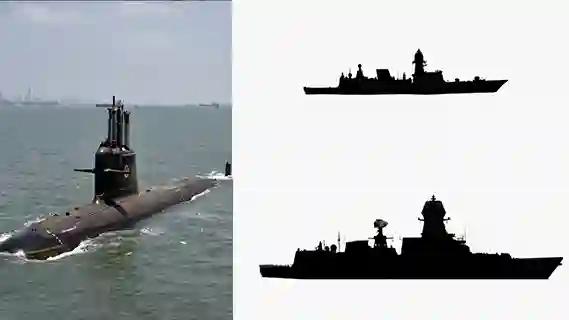

In an unprecedented celestial event that occurs once every 144 years, the year 2025 marks a significant moment in India’s cultural and spiritual calendar with the MahaKumbh, reflecting the divine interplay of planetary alignments and stellar constellations. This astronomical phenomenon, believed to amplify spiritual energy, coincides with a pivotal moment in India’s maritime history, aligning perfectly with Bharat’s Raksha Sutra for enhancing the Indian Navy’s global maritime security prowess.
January 5, 2025, is not just another day but a cardinal point in India’s maritime journey. The Indian Navy is set to commission three state-of-the-art (SOTA) combat platforms in a grand ceremony at the Naval Dockyard Mumbai (NDMB). This event underscores India’s commitment to bolstering its naval capabilities through indigenous innovation and shipbuilding prowess.
Continue readingSOURCE: AFI


Bharat Electronics Limited (BEL), a Navratna Defence Public Sector Undertaking, has further solidified its position in the defense sector by securing additional orders valued at Rs. 561 crore since its last announcement on December 23, 2024. These new contracts underscore BEL’s pivotal role in India’s defense modernization efforts.
With these recent acquisitions, BEL’s order book for the current financial year (FY25) now stands at a significant Rs. 10,362 crore. This accumulation not only reflects the growing trust in BEL’s capabilities but also indicates a robust demand for its products within the defense sector.
Continue readingSOURCE: IDRW.ORG
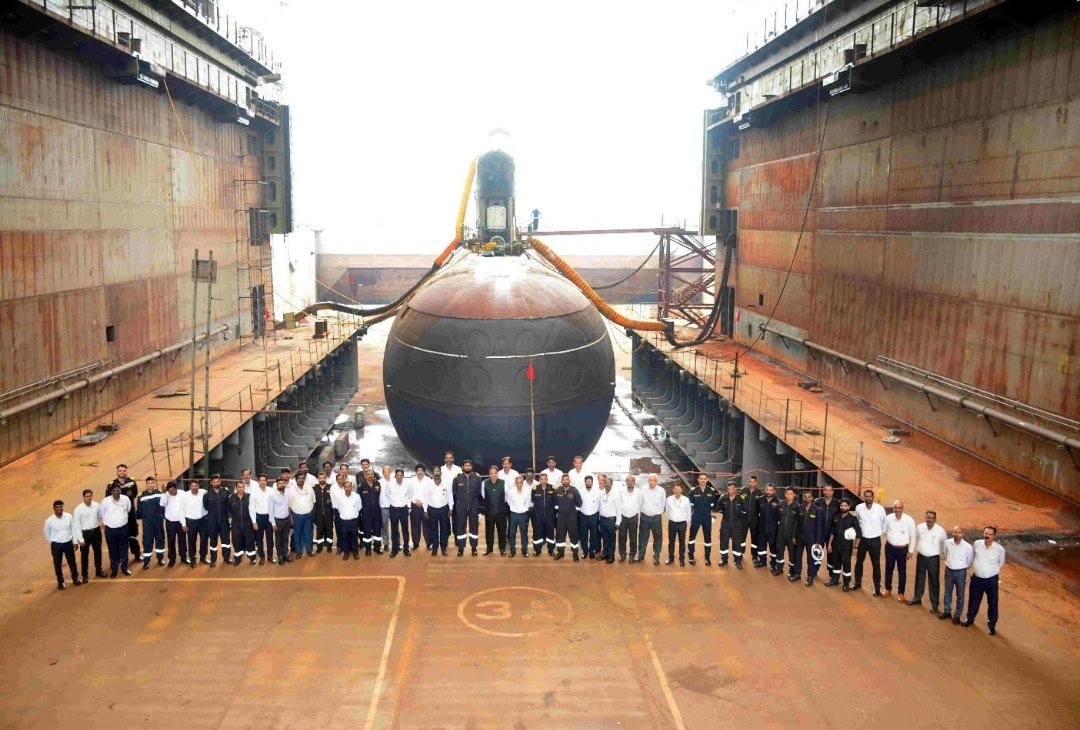

India’s state-owned shipbuilding giant, Hindustan Shipyard Limited (HSL), is actively expanding its footprint in Southeast Asia, particularly targeting nations like Vietnam and the Philippines for defence cooperation. This move aligns with India’s broader strategy to position itself as a significant exporter and manufacturer of defence products, leveraging its expertise in shipbuilding and naval engineering.
Negotiations are currently in progress with the Vietnam People’s Navy (VPN) for submarine refits, showcasing HSL’s capabilities beyond domestic borders. This initiative not only strengthens bilateral defence ties but also underscores HSL’s technical prowess in handling complex naval projects. Similarly, HSL is exploring potential opportunities in the Philippines, aiming to extend its services and partnerships in the region.
Continue readingSOURCE: IDRW.ORG


In a significant step towards enhancing its maintenance capabilities and boosting the domestic aerospace sector, the Indian Air Force (IAF) has decided to outsource the repair and overhaul (ROH) of its Mi-17 V5 helicopter engines to private Indian firms. This move is expected to not only help the IAF keep pace with the maintenance requirements of its growing fleet but also foster the growth of the aerospace and defense industry in India.
The IAF has issued a Request for Proposal (RFP) for the overhaul of 50 Mi-17 V5 helicopter engines. The project is open exclusively to Indian firms, which signals a significant push towards self-reliance under India’s “Make in India” initiative. According to sources, the engines will be overhauled within India, and they will not be sent abroad for maintenance, marking an important shift towards boosting domestic capabilities.
Continue readingSOURCE: AFI

The Indian Navy’s recent agreement to procure 26 Rafale M fighters from France marks a significant step not just in bolstering its naval air fleet but also in setting a benchmark for the development of indigenous aircraft like the Twin Engine Deck-Based Fighter (TEDBF). This deal, valued at approximately $7 billion, provides a unique opportunity for the Indian Navy to learn, adapt, and innovate, potentially leading to a domestically developed fighter that could match or even surpass the capabilities of the Rafale M.
With the Rafale M, the Indian Navy gains direct exposure to a state-of-the-art, carrier-capable fighter jet. This acquisition allows naval aviators to understand the operational nuances of a multirole, maritime fighter, providing insights into what is required in terms of performance, durability, and versatility in naval combat scenarios. These operational experiences will be invaluable for setting the performance parameters for the TEDBF.
Continue readingSOURCE: AFI


In an unexpected turn of events, a Hermes 900 drone, locally known as Drishti 10, which was in the midst of acceptance trials for the Indian Navy, crashed off the coast of Porbandar, Gujarat. The incident occurred while the drone was being operated by the vendor, Adani Defence and Aerospace, under circumstances where it lost communication, leading to the crash.
The Hermes 900, or Drishti 10 as it is designated in India, is a medium-altitude long-endurance (MALE) unmanned aerial vehicle (UAV) manufactured by Adani under a license from Israel’s Elbit Systems. This UAV is designed for intelligence, surveillance, reconnaissance (ISR), and has a significant role in enhancing India’s maritime and border security capabilities.
Continue readingSOURCE: AFI
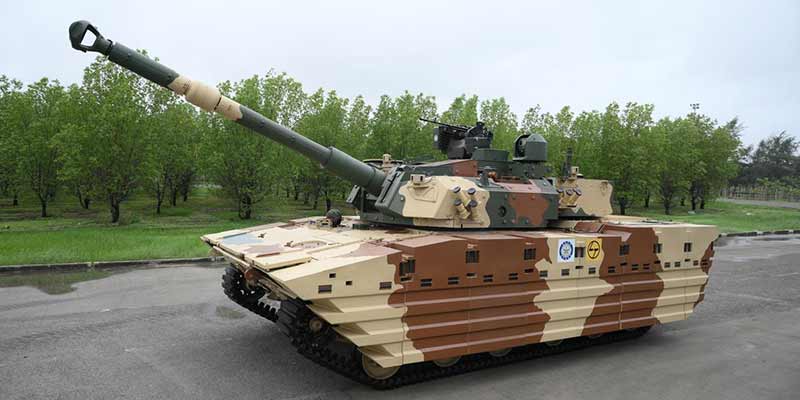

In a recent statement, Chief of Army Staff General Upendra Dwivedi has shed light on the next steps for the Zorawar light tank following its high-altitude trials. The trials, conducted in the challenging terrains of India’s northern borders, have been pivotal in assessing the tank’s performance under extreme conditions.
General Dwivedi emphasized that while the tests have been largely successful, the Army has recommended additional improvements and modifications. These suggestions stem from the experiences and data gathered during the trials, aiming to enhance the tank’s capabilities for high-altitude combat scenarios, particularly in regions like Ladakh.
Continue readingSOURCE: AFI


In a strategic move aimed at expanding its defense exports, India is preparing to officially offer its indigenous Light Combat Aircraft (LCA) Tejas, armed with the forthcoming BrahMos-NG anti-ship missiles, to the Indonesian Air Force. This combination deal is poised to address Indonesia’s critical need for enhanced maritime surveillance and defense, given its expansive maritime domain.
Indonesia, with the world’s sixth-largest exclusive economic zone (EEZ) spanning over 6 million square kilometers, places a high priority on safeguarding its maritime sovereignty against violations. The integration of the LCA Tejas, a lightweight, multi-role fighter aircraft, with the BrahMos-NG, a miniaturized version of the renowned BrahMos missile, offers a potent solution for monitoring and defending these vast waters.
Continue readingSOURCE: AFI
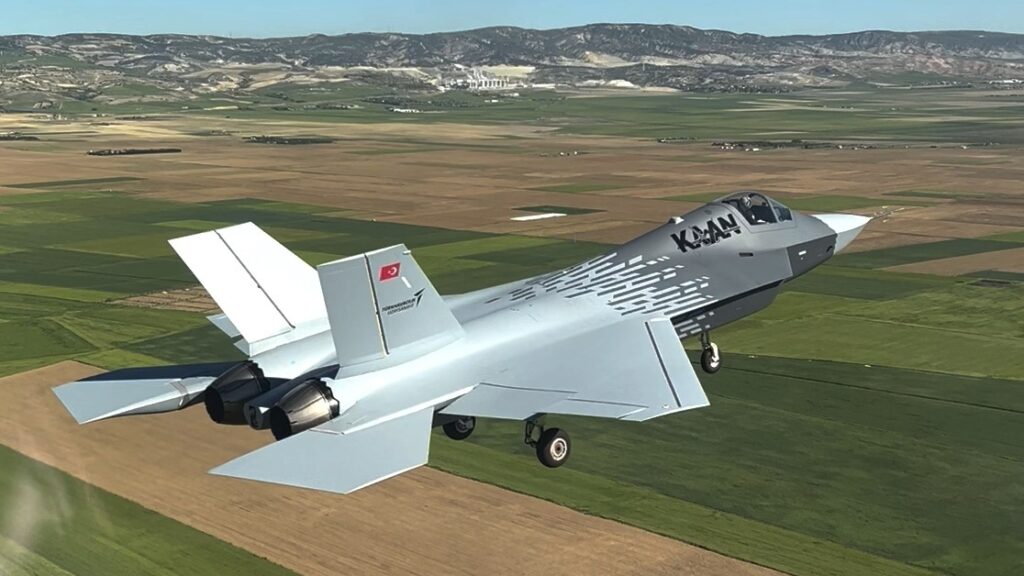

Pakistan’s air force is on the cusp of a significant enhancement, with advanced discussions underway with Turkey to establish a production facility for the fifth-generation stealth aircraft, TAI Kaan, within the country. This move signifies a strategic leap in Pakistan’s defense capabilities, aiming to produce a local variant of this cutting-edge stealth jet.
The initiative comes at a time when Pakistan is also in talks to acquire 40 Shenyang J-35 stealth fighter jets from China, intended to modernize its air fleet by replacing aging F-16s and French Mirage fighters. According to a Turkish media report, the discussions with Turkey extend beyond mere exports, focusing on joint development ventures, including helicopters, which underscores a commitment to deepening defense technology collaboration and industrial partnerships.
Continue readingSOURCE: RAUNAK KUNDE / NEWS BEAT / IDRW.ORG
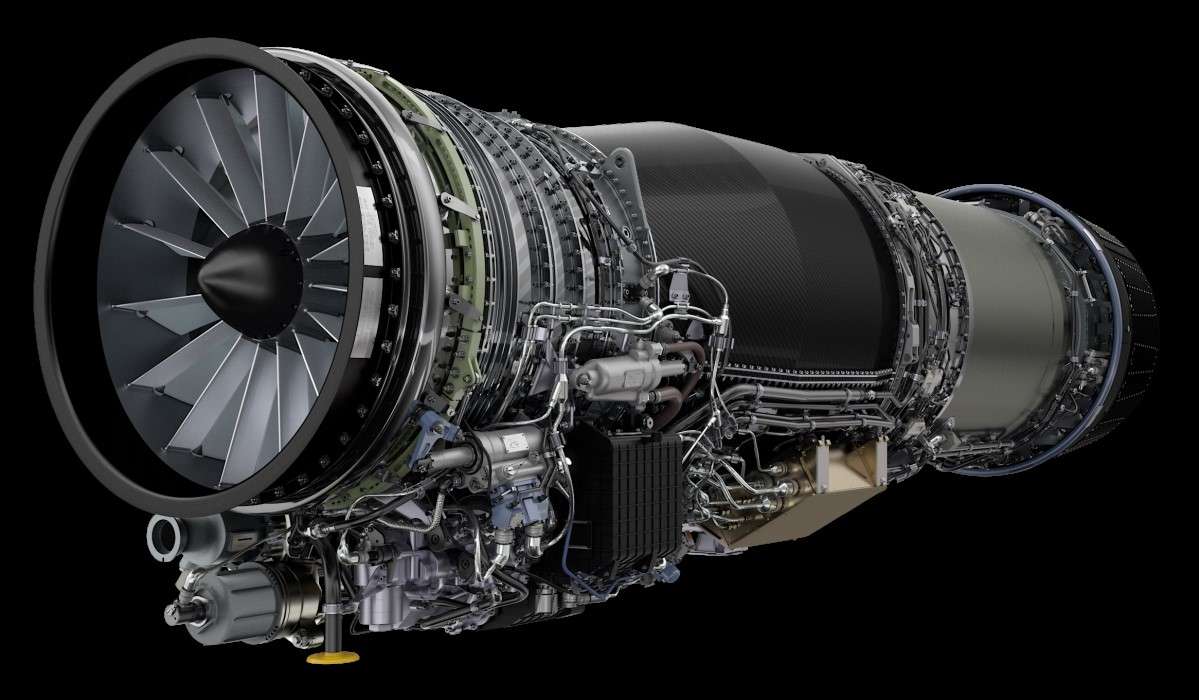

In a significant move towards bolstering India’s indigenous aviation capabilities, the Indian Air Force (IAF) has voiced robust support for the co-development of a new jet engine under the Advanced Medium Combat Aircraft (AMCA) program. However, the latest developments indicate a strategic shift in the approach to this ambitious project.
The plan now involves partnering with a foreign Original Equipment Manufacturer (OEM) to design the core of the engine, while Indian scientists and engineers focus on developing the low-pressure (LP) side of the engine. This collaboration aims to leverage international expertise for the more complex aspects of the jet engine, particularly the combustor core and high-pressure components, which are critical for performance and efficiency.
Continue readingSOURCE: RAUNAK KUNDE / NEWS BEAT / IDRW.ORG
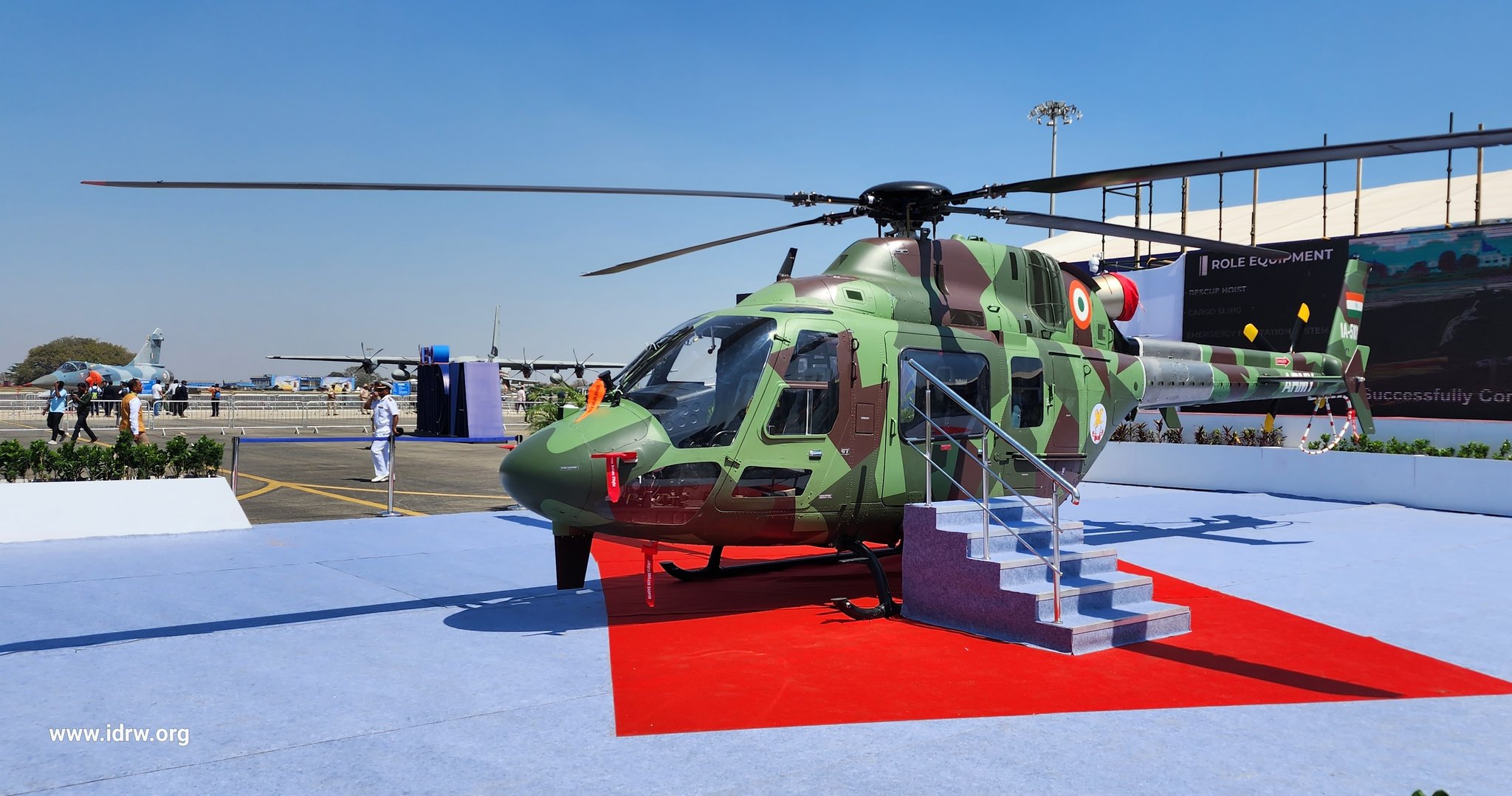

Hindustan Aeronautics Limited (HAL), the Maharatna defence Public Sector Undertaking (PSU), is making significant strides towards securing a contract for the supply of Light Utility Helicopters (LUH) to the Indian Army and Indian Air Force. The contract is expected to be signed in the second quarter of 2025, marking a major step towards replacing the aging fleet of World War II-era Cheetah and Chetak helicopters.
The LUH is designed and developed by HAL’s Rotary Wing Research and Design Centre, with the goal of addressing the operational requirements of the Indian Army Aviation Corps and the Indian Air Force. The helicopter has already received the Initial Operational Clearance (IOC) for the Indian Army from the Centre for Military Airworthiness and Certification (CEMILAC) in February 2021, a milestone that has paved the way for the ongoing finalization of its certification.
Continue reading